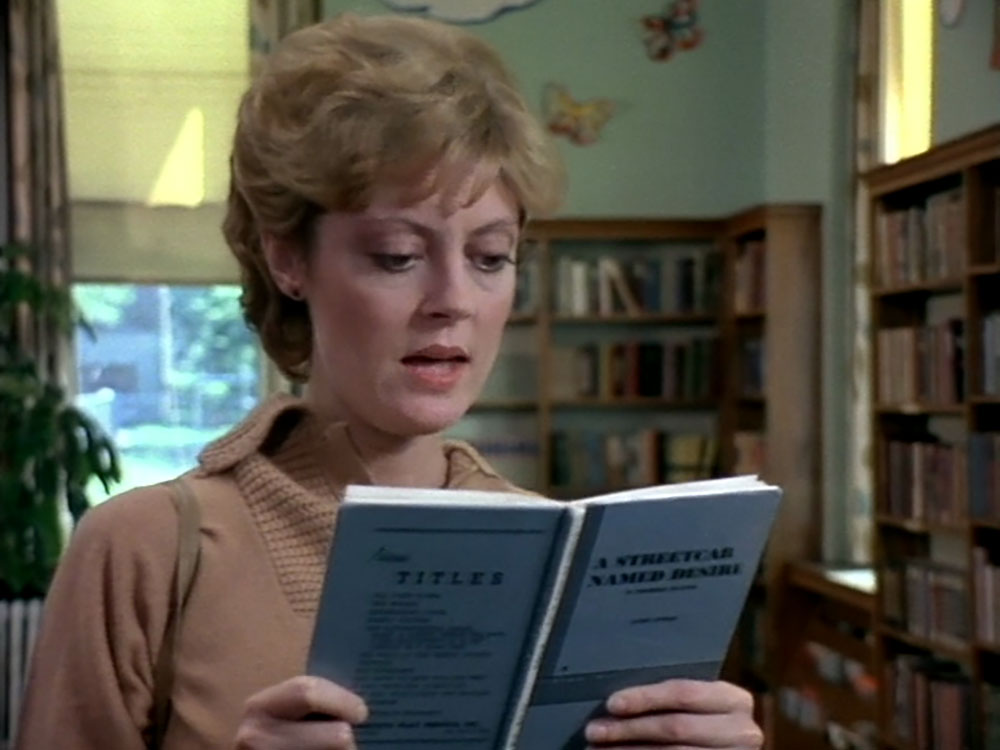The corpus of Kurt Vonnegut derivations has drawn in talent as varied as George Roy Hill, Howard Ashman, Jerry Lewis, Keith Gordon, and Alan Rudolph. But I don’t think any adaptation has captured the author’s voice as well as Who Am I This Time? (1982), mainly because director Jonathan Demme’s low-key, humane sensibility matched well with Vonnegut’s. Based on the 1961 short story of the same name and produced as part of the first season of the PBS series American Playhouse, the featurette will be playing several times this month at Spectacle.
The film cross-pollinates several now-bygone qualities of American culture: short stories, television plays, funded public art, and of course, the dearly departed Demme (who, having recently made Melvin and Howard in 1980, was amidst his transition from the Corman stable to the mainstream). Watching the film now is an unexpectedly nostalgic experience, particularly since the story directly addresses the love of performance and making art for its own sake, taking place in the world of community theater.
Christopher Walken plays Harry Nash, a celebrity in the small town of North Crawford due to his beloved leading performances in every show of the Mask and Wig Club. One of many fine touches is the way Walken mediates Harry as not really a great actor, but one with the kind of sparkling stage presence and charisma that would absolutely kill in amateur theater. He wholly inhabits whatever role he’s in—Cyrano de Bergerac at the beginning, then Stanley Kowalski as the Mask and Wigs take on A Streetcar Named Desire—but otherwise has no personality whatsoever and is unable to maintain friendships or socialize.
The Stella to his Stanley is Helene Shaw (Susan Sarandon), who is herself estranged from the community because she is only in town for a temporary job assignment; the director invites her to audition because the club has “nothing but Blanches.” Helene is stilted at first but grows into the role in response to Harry’s immersion; in the process, she falls in love with him during rehearsals. But of course, what happens after the final curtain, when he reverts from Stanley to just Harry?
The Mask and Wig Club is what Vonnegut called a granfalloon, “a proud and meaningless collection of human beings.” (One fun thing about considering Vonnegut as an adult is realizing how, though he never directly said it, any collection of humans is a granfalloon. All communities are imagined.) Harry showcases the meaning that creation imbues people with, even if they aren’t creators of any notable stature, with the typically Vonnegutian exaggeration of him possessing no personality outside his work. (“He could never think of anything to do or say without a script” is how the story describes him.) The eccentric romance between him and Helene as outsiders who can’t relate if they can’t filter it through their craft highlights how mundane life is itself a performance. The solution Helene concocts to maintain their passion beautifully demonstrates this; she realizes that there’s no reason they should ever stop acting. Isn’t every relationship just keeping up the bit?
Who Am I This Time? screens tonight, April 1, and throughout the month at Spectacle Theater.



